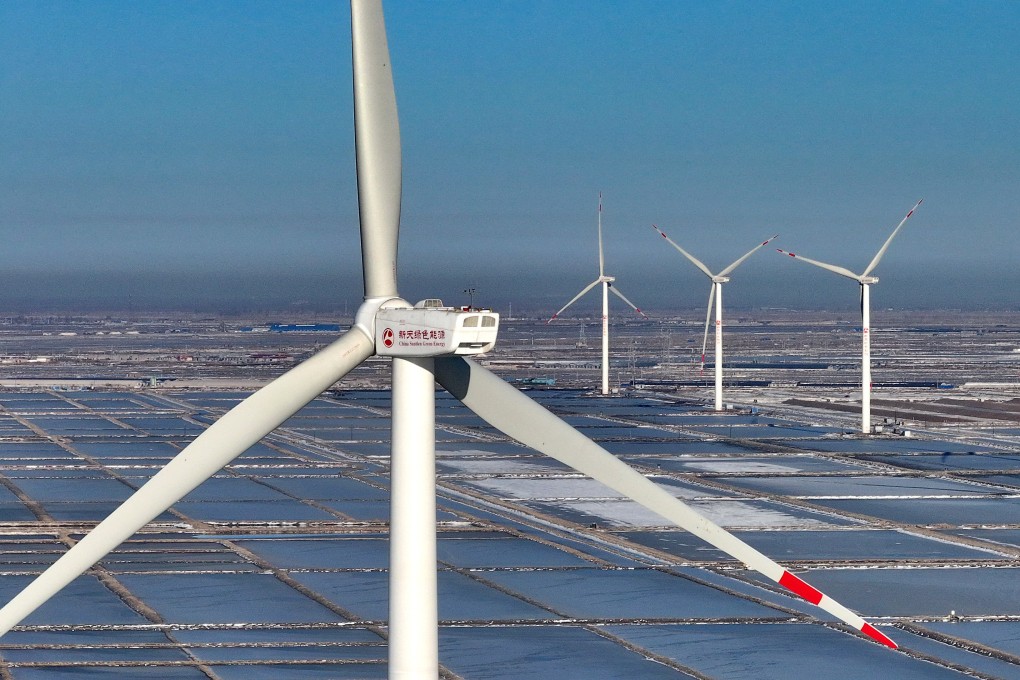China needs 10 times its solar and wind power to be carbon neutral, study finds
- It will take nearly 6 terawatts of the renewables for the country to achieve that goal by 2060, according to model simulation
- 80 per cent of solar and 55 per cent of wind power will have to be installed within 100km of major load centres to meet demand

That would be double China’s total energy generation capacity now, and more than five times the current capacity in the United States.
The study was a collaboration between scientists at the University of California San Diego and Tsinghua University in Beijing.
Their simulation found that if China is to meet its lofty carbon neutrality goal, it will need to have 2TW of wind power capacity and 3.9TW of solar installed – or around 10 times more than the country had in 2022.
“The required deployment rates in mid-century are close to what has been reported for 2023, though there will still be challenges to sustain that over time,” said Michael Davidson, senior author of the study and a professor at UC San Diego.
To meet demand in China’s major energy load centres, 80 per cent of the solar power and 55 per cent of wind power will have to be installed within 100km (62 miles) of those centres, the team wrote in a paper published in the peer-reviewed Proceedings of the National Academy of Sciences on Tuesday.